An Introduction to Clustering in Node.js
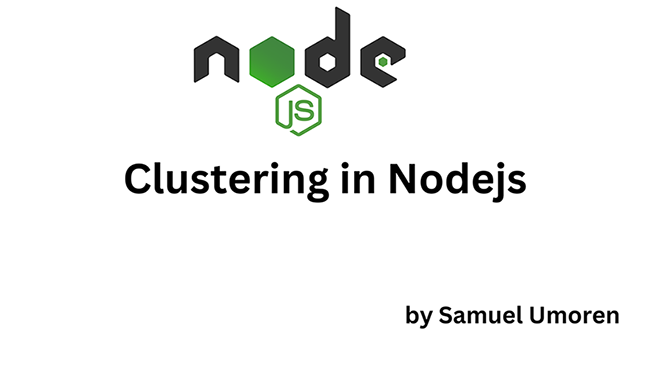
Picture your Node.js app starts to slow down as it gets bombarded with user requests. It's like a traffic jam for your app, and no developer likes dealing with that.

Picture your Node.js app starts to slow down as it gets bombarded with user requests. It's like a traffic jam for your app, and no developer likes dealing with that.

Vue.js and Nuxt.js seamlessly complement each other for SSR. Vue.js provides the core functionality for dynamic UIs, while Nuxt.js enables server-side rendering of Vue.js components, ensuring fast initial page loads and optimal SEO. Nuxt.js simplifies SSR application development, allowing developers to focus on crafting exceptional user experiences without getting bogged down by SSR intricacies.

Central to the development of Node native modules is Node-API, a groundbreaking toolkit introduced since Node.js 8.0.0. Node-API serves as an intermediary between C/C++ code and the Node JavaScript engine, facilitating a smooth interaction and manipulation of JavaScript objects from native code. Node-API also abstracts its API from the underlying JavaScript engine, ensuring backward compatibility and stability across Node.js versions.
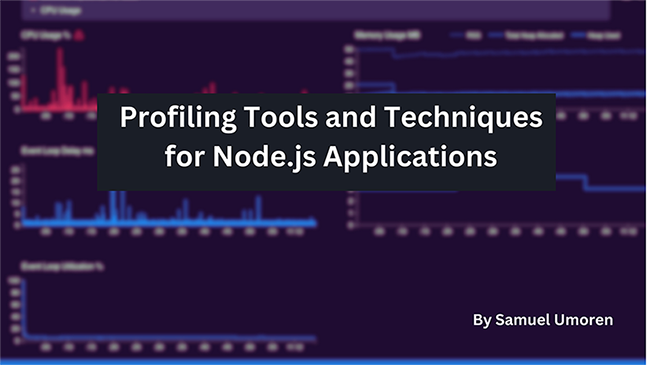
A well-optimized Node.js application not only ensures a smoother user experience but also scales effectively to meet demand.
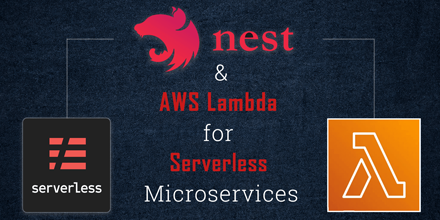
By combining Nest.js and AWS Lambda, developers can harness the benefits of serverless computing to build flexible, resilient, and highly scalable microservices.

In this article, I will deeply into the importance of interoperability in the blockchain sphere and present use cases that support this perspective. Additionally, I will provide code examples using Node.js to demonstrate the practical implementation of interoperability between Ethereum, Binance Smart Chain, and other blockchain platforms.
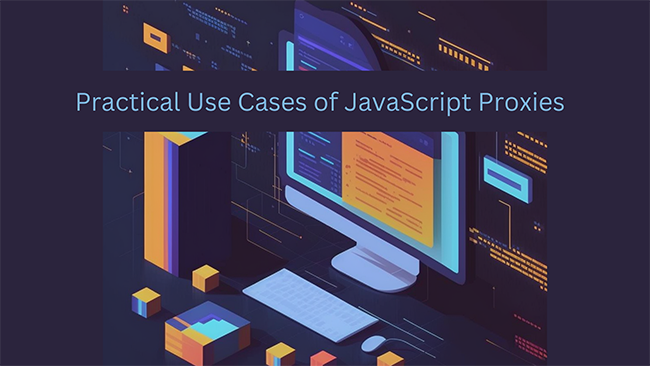
This article will briefly revisit the concept of JavaScript Proxies and their purpose. We will then dive into a series of practical use cases, providing detailed code examples and clear explanations along the way. By the end of this journey, you should have a comprehensive understanding of how Proxies can be used to solve various problems and optimize your applications.
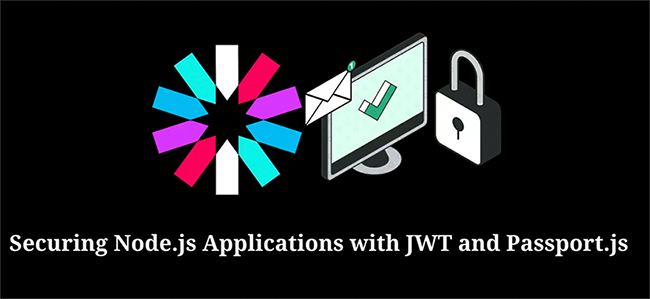
JSON Web Tokens (JWT) is a compact and self-contained technique for securely transferring data between parties as a JSON object is defined by the open standard. They are useful for authorization and authentication. They are useful for authorization and authentication.

While canvas animation is often considered the simpler approach for exporting animations to video and GIF formats, it can also limit the range of animations that can be created. Although complex and advanced animations are a possibility, it can quickly become a memory-intensive operation, especially when exporting to popular animation formats.
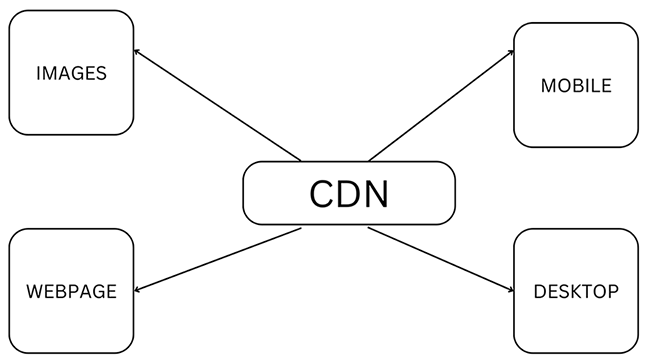
In this detailed tutorial, I will demonstrate how to upload images and videos to Cloudinary within a Node.js application. I'll personally guide you through configuring your Cloudinary account and integrating the necessary packages into your application. Subsequently, we'll delve into the implementation details, and I'll provide code snippets to help you navigate the uploading process.